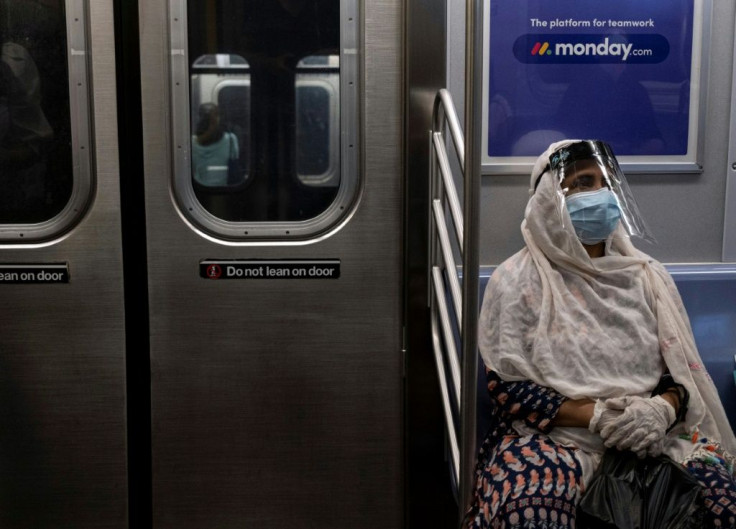World's Subways Teeming With Viruses, Bacteria: Study
KEY POINTS
- Researchers found thousands of bacteria, viruses in the subways of 60 countries
- Hundreds of experts and volunteers swabbed ticket kiosks, railings and benches
- They found thousands of known viruses and bacteria and over 10,000 unknown ones
- Researchers found a "core" taxa but cities also had distinct microbiomes
How clean are subways? A team of researchers swabbed the world's transit systems and found thousands of viruses and bacteria, many of which were new.
For their study, published this week in the journal Cell, experts and volunteers collected swab samples from mass transit systems in 60 cities spanning 32 countries and six continents, from San Francisco and Rio De Janeiro to Sydney, Doha and Seoul. In places like New York, London and Hong Kong, they even collected air samples.
Since 2015, they collected samples from surfaces including ticket booths, railings and subway cars, and in total got over 4,728 samples. In a few cities without a subway, the researchers tested other train or bus systems instead, The New York Times noted.
Through their analysis, the researchers found 4,246 known urban microorganisms, about two-thirds of which were bacteria while the rest were fungi, viruses and other pathogens. However, they also found 10,928 viruses and 748 types of bacteria that were still unknown.
A global study to track microbes detects thousands of new species and helps to map urban antimicrobial resistance.
— Weill Cornell Medicine (@WeillCornell) May 27, 2021
This research led by Dr. Christopher Mason (@mason_lab) and WCM investigators could reveal new drug candidates. https://t.co/G0maKWVIZj pic.twitter.com/VwVUkvLtAi
The researchers also identified a "core" taxa, which they found in almost every sample from every city, although their abundance varied.
"For example, Salmonella enterica was identified in < 50% of samples but was the 12th most abundant species based on the fraction of DNA ascribed to it," the researchers wrote. "The most relatively abundant microbial species was Cutibacterium acnes, which had a comparatively stable distribution of abundance across all samples, and is a known human skin commensal."
Cutibacterium acnes are considered "major human pathogens" that typically live in human skin.
The researchers also found a geographical variation in the microbial profiles of the cities. For instance, North American cities' microbe profiles were distinct from those of East Asian cities. So even if they had the "core" taxa in common, the cities can still be distinguished by their microbes.
"Give me your shoe, and if I sequence it, I could probably tell you where you came from in the world," Dr. Christopher Mason, study lead and geneticist at Weill Cornell Medicine, told The New York Times.
Factors that may contribute to these differences include geography and the people who live in the cities themselves, although exactly what drives the variation remains a mystery.
No need to worry
Despite this seemingly alarming discovery, the researchers noted that there is no need to worry about it. According to the researchers, urban travelers take microorganisms with them when they travel and come in contact with their environments, and subways are one of the transit systems they use on a daily basis.
"We don't see anything that we are worried about. People are in contact with these all the time," study co-author David Danko of Cornell University and International Metagenomics and Metadesign of Subways and Urban Biomes (MetaSUB) told The New York Times. "We don't want people to be scared of these microbes, because these are just part of the ecosystem that we as humans live in."
"Every time you sit down in the subway, you are likely commuting with an entirely new species," Dr. Mason said in the news release from Weill Cornell Medicine.
The study's findings can be used to monitor potential problems such as antibiotic resistance. They can also provide a wider view of how much there is still to learn about the microbiome of our surroundings, the university said. These subway microbes may even help identify possible sources of new useful compounds as many of the drugs and antibiotics we use today are actually derived from microbes.
"In summary, this study presents the first genetic atlas of urban and mass-transit metagenomics from across the world," the researchers wrote. "By facilitating large-scale epidemiological comparisons, it is a first critical step toward quantifying the distribution, types, and dynamics of environmental microbiomes, providing requisite data for tracking changes in ecology or virulence."

© Copyright IBTimes 2024. All rights reserved.












